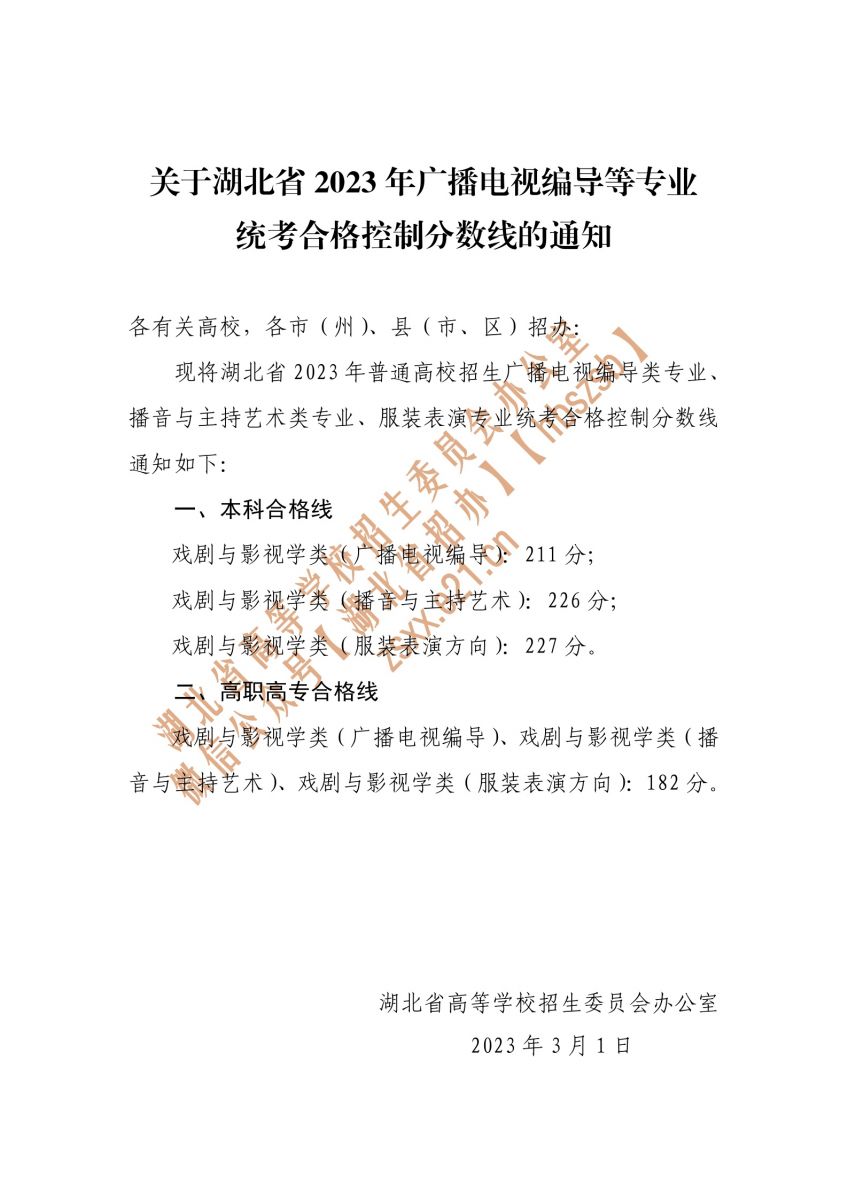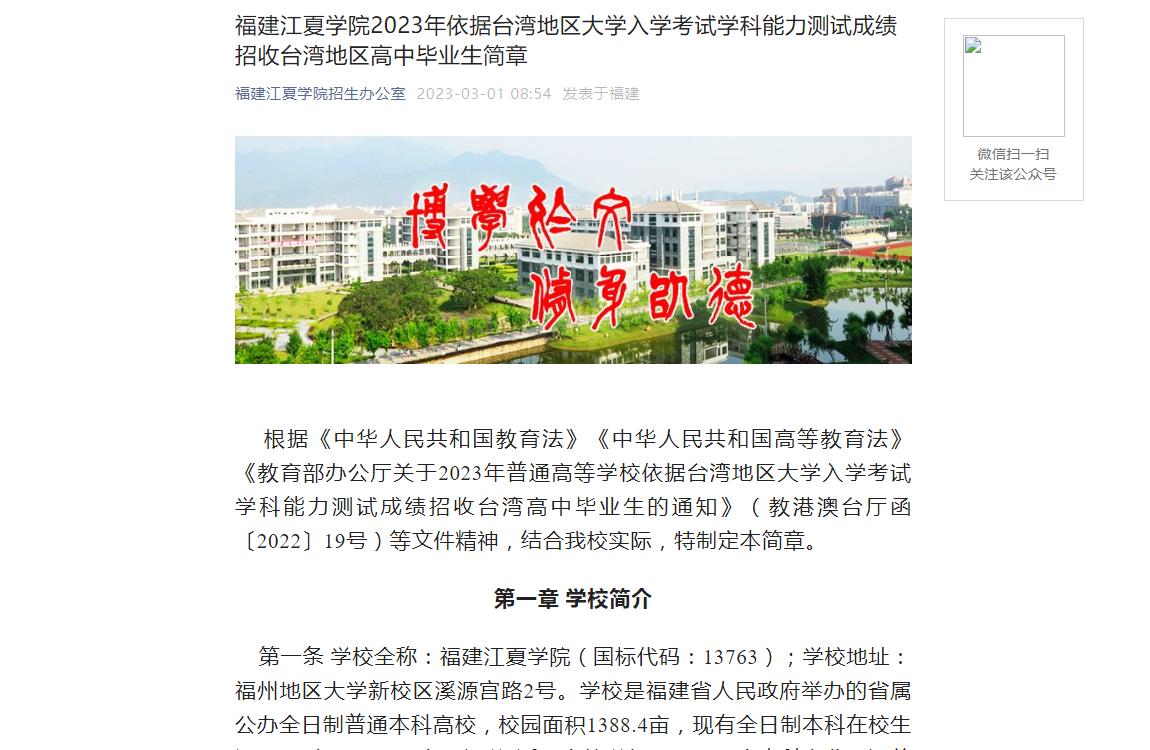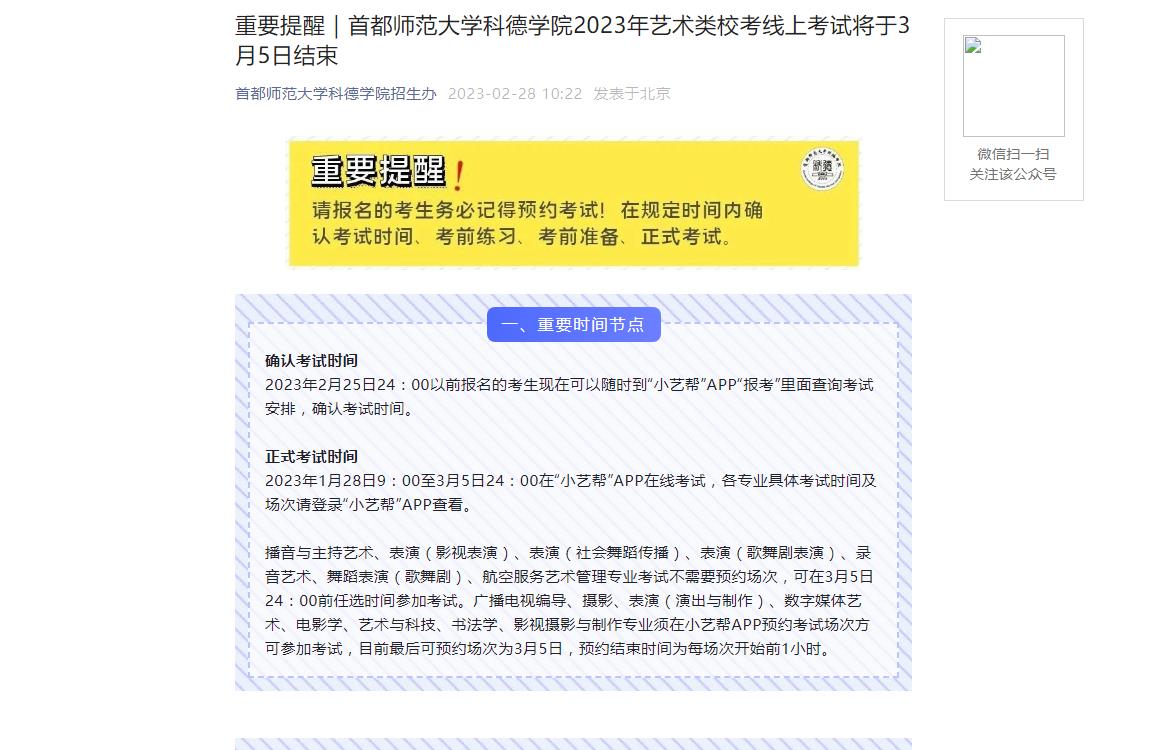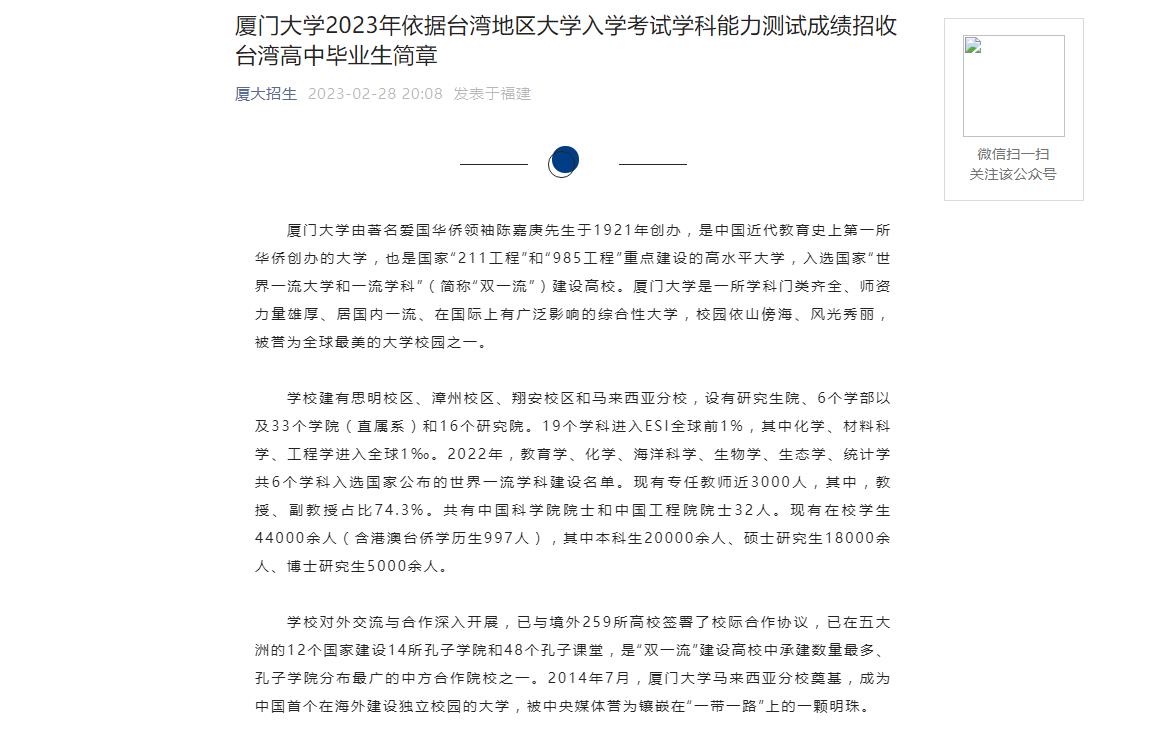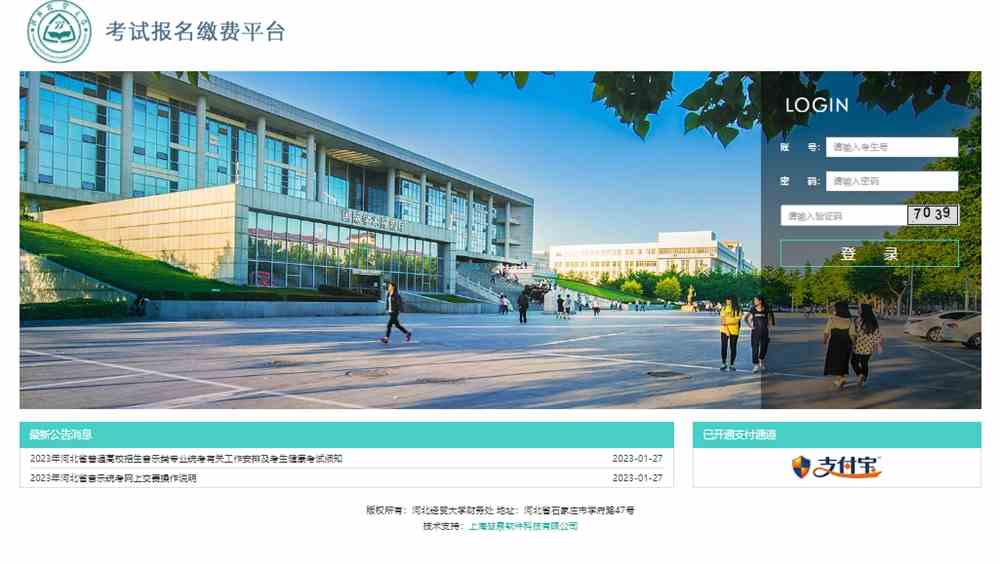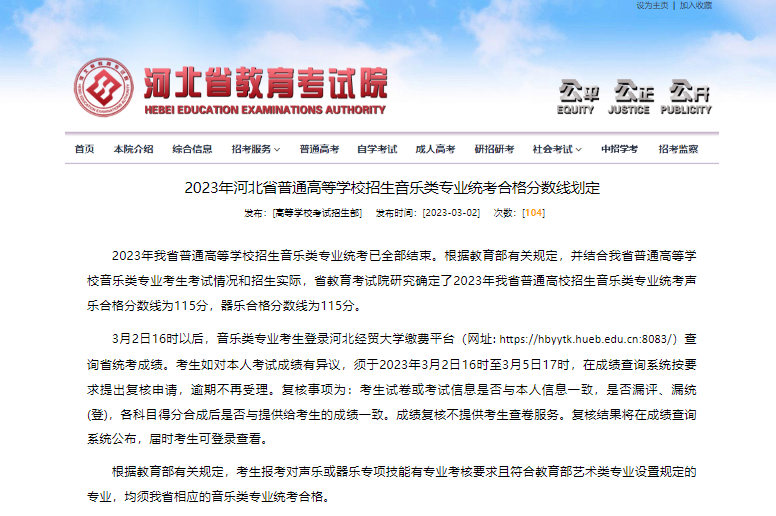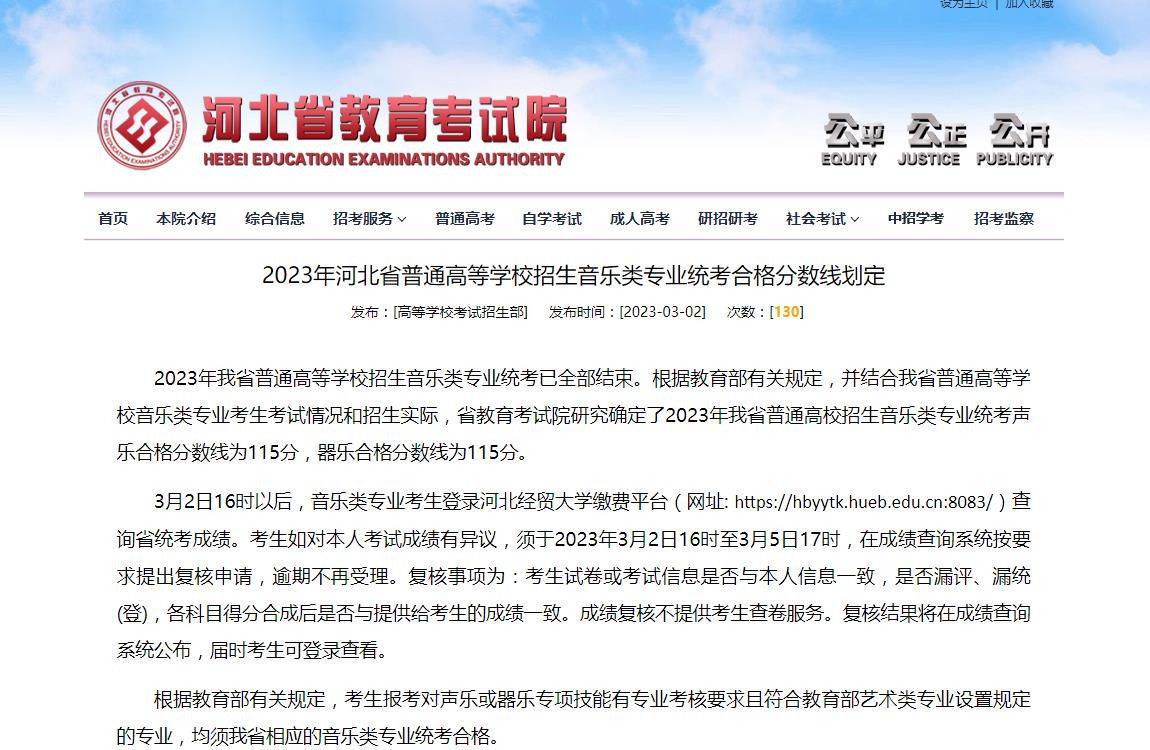南京明孝陵英文导游词(精选3篇)

英文导游词
2023/3/3
南京明孝陵英文导游词(精选3篇)

南京明孝陵英文导游词 篇1
Xiaoling Tomb of the Ming Dynasty
Hello, everybody! Welcome to Xiaoling Tomb of the Ming Dynasty. It is the first world cultural heritage site in Nanjing.
Xiaoling Tomb is situated at the southern foot of Zijin Mountain in the east part of Nanjing, Jiangsu Province. It is the burial place of Zhu Yuanzhang, the first emperor of the Ming Dynasty, and his wife empress Ma. As one of the largest imperial tombs existent in China, Xiaoling became a major historic and cultural site under state protection in 1961. On July 3, 20xx, together with the 13 Ming Tombs in Beijing, it was accepted into the World Heritage List as an associated site of “the imperial tombs of the Ming and Qing Dynasties”.
Ming Dynasty was the penult feudal regime in China’s history. Its founder, Zhu Yuanzhang, was often referred to as a “beggar emperor” for his miserable childhood.
Zhu was born into a poor peasant family in 1328 in Anhui Province neighboring Jiangsu. In 1344, a serious drought and plague swept the north of the Huaihe River. All his family members died in succession during the disaster. To support himself, he entered a monastery near his village to be a monk at the age of 17, but before long he was sent out to beg alms for survival until 1348. At that time, peasant uprisings against the oppression of the Yuan Dynasty broke out in many places. One of the strongest forces was the Red Tie Army, so named because every soldier wore a red tie on the neck. At the age of 24, Zhu ran away from the monastery and joined the army. There he fought bravely and showed great talent as a strategist. He was quickly promoted to be one of the leading generals and married the commander’s adopted daughter. When the commander died, he succeeded him. Under his leadership, the army became stronger. After wiping out all the other rivals
南京明孝陵英文导游词 篇2
Ming Xiaoling Mausoleum is the first emperor of the Ming Dynasty and the queen Zhu Yuanjin Ma burial tomb, which is located in the southern foot of the purple mountain long Fu play in Mount Everest, Nanjing is the largest and one of the best preserved imperial tombs.So far more than 600 years of history.
The emperors in ancient China chose the site of the mausoleum very carefully, and paid special attention to choosing the land of "Ji Di", that is, the place of geomantic omen.Every time I go out the site, in addition to sending one or two court officials, but also absorb the knowledge of geography, will see the alchemist in Feng shui.After selecting the mausoleum, the emperor had to examine the scene himself and was satisfied with it and was finally finalized.Soon after Zhu Yuanzhang ascended the throne, he was concerned about the "paradise" after his death, and began to plan the construction of the mausoleum.It is said that he has called Liu Bowen, Xu Da, Tang He, and other ministers to discuss site selection.Five people agreed to write their respective best burial sites on paper and then open them at the same time.The results are written, Great minds think alike., Dulong Fu Mount Everest ".So the site of the tomb of Zhu Yuanjin was thus fixed.Dulong Fu is a hill located beneath the Zijin Mountain peak, 150 meters high, about 400 meters in diameter, is like a huge natural grave.Chinese feudal emperor often put themselves as sons of the heaven, to build the tomb in Dulong Fu, is in line with the requirements of the feudal superstition.
Ming Xiaoling Mausoleum Yu Wu nine years (1376) began to build, build competent mausoleum engineering enterprises is "Dudu Fu Li xin.At that time, a large number of migrant workers were employed, and dozens of temples were left behind by their predecessors.Since the Eastern Jin Dynasty and the Southern Dynasties, Buddhism has been widely spread in China. The emperor of Wu even regards Buddhism as a national religion, so the temples in Nanjing are numerous.In the Eastern Jin Dynasty, there were more than 300 Buddhist temples, nearly 500 in the Southern Dynasties, and 100 thousand monks.His poetry in the Tang Dynasty: "in the four hundred and eighty temple, how many loutai yanyu."It was the portrayal of the flourishing Buddhist temples in Nanjing.In addition to moving to the temple, even moved a lot of previous tombs.But when moving to the Three Kingdoms, the tomb of Sun Quan (now on Mount Mei Shan in Nanjing), Zhu Yuanjin said, "Sun Quan is a true man, keeping him as a gatekeeper."."It was not removed.Hongwu fifteen years (1382), the first phase of the project completed, coincided with the empress Ma's death, Zhu Yuanjin held a grand funeral for her, and the coffin burial tomb, called her "Xiaoci Queen", which is also the name of the tomb.In 1383, the main project of the tomb built hall.In 1392, the crown prince ZhuBiao died and was buried in the tomb of the East, called dongling.Hongwu thirty-one years (1398) built "Ming Tomb magic holiness monument", the construction of the mausoleum engineering ended, the project took 23 years.Before the death of Zhu Yuanjin, had left a testament; "funeral to frugality, no Jin, change because of the tomb and the world, three subjects are released, as marriage."This is obviously Zhu Yuanzhang's trick of buying people's hearts.The whole Ming Xiaoling Mausoleum building, Xiaolingwei East, South to West Fang Weigang dismount, the walls of the city, north of Longgang only halfway up the mountain, a radius of more than 20 km, is a grand scale.In the long 23 years of construction, depletion of the flesh and blood of the people.At that time, there were ten thousand trees planted in the tomb area, thousands of deer kept and 5700 guards.Its wide range, large scale, before the Ming Dynasty is rare.But Zhu Yuanjin was buried, there are 40 concubines to bury, in which 2 people were buried in the tomb of the East and west sides, 38 people from the buried in the tomb.This China exposed the feudal ruling class was cruel, they not only to enjoy the splendor rich, after death still "death", the burial, at the people life.
南京明孝陵英文导游词 篇3
Dear tourists, the scenic spot we are going to visit is the Ming XiaolingMausoleum, which is located in Dulong, Mt. Zijin. Xiaoling Tomb of the MingDynasty is the joint Tomb of Zhu Yuanzhang, the founder of the Ming Dynasty, andhis Empress Ma Shi. Zhu Yuanzhang was born in 1328 to a poor peasant family inFengyang, Anhui Province. He joined Huangjue temple at the age of 17, joined thered scarf army of Guo Zixing at the end of the Yuan Dynasty in 1352, led thearmy to conquer Nanjing in 1356, and ascended the throne in 1368.
Xiaoling Mausoleum of Ming Dynasty was built in 1381. In 1382, it wasburied in empress Ma Shi. In 1398, it was buried here after Zhu Yuanzhang diedof illness. The project was not completed until 1413. It was named Xiaolingbecause Zhu Yuanzhang advocated "governing the world with filial piety" on theone hand, and because empress Ma was posthumously named "Xiaoci" on the other.Therefore, the tomb was called "Xiaoling" in the Ming Dynasty and "Xiaoling" inthe Qing Dynasty to show the difference between dynasties.
Relying on Zijin Mountain, the Ming Xiaoling Mausoleum has a windingShinto. The mausoleum abides by the tradition of Chinese architecture, and itscentral axis is symmetrical. It is the first Mausoleum of Baocheng Baoding. Themausoleum shape of the former dynasty and the later Dynasty is the firstMausoleum of the Ming and Qing Dynasties for more than 600 years. As a nationalkey cultural relic protection unit, it was listed in the world cultural heritagelist in 20__.
What we see now is the first gate of the Ming Xiaoling Mausoleum, dajinmen.In those days, a 45 Li external wall extended from both sides of dajinmen,including the whole Zijinshan.
The roof and gate of the old golden gate, which was covered with yellowglazed tiles, have disappeared. Only the castle and the three arches.
Over the golden gate, we came to Sifang city. It turned out to be a stelePavilion. Because the top of the pavilion was destroyed by the war in XianfengPeriod of Qing Dynasty, only four walls and four door tickets were left. Eachside is 26.86 meters long, just like an ancient castle. So Nanjing peoplecommonly call it Sifang city. There is a tablet of "the miraculous work of theXiaoling Mausoleum of the Ming Dynasty" in the city, which is 6.7 meters highIt's 2.08 meters high and called Mian. It's said that it's one of the nine sonsof the dragon. It's very heavy. This tablet is the largest Ming tablet inNanjing. The inscription is written by Zhu Di, the founder of the Ming Dynasty.It has 2746 words and is divided into seven parts. First, it describes his lifeexperience and was born in Jurong family. Second, it asks for the people'sorders and makes a great fortune. Third, it calms down the world, ascends thethrone and becomes emperor, cezhonggong and the crown prince, and is granted thesame surname. Fourth, it abolishes Zhongshu and sets up six departments to takecharge of military power. Fifth, it attaches importance to talents and the studyof founding a nation; 6、 He lived a simple life, and asked him to be buried withMa after his death in Xiaoling; 7. The name of 57 royal children and 144 fourcharacter eulogies, the inscription is a high praise of Zhu Yuanzhang's life.The completion of the monument of the great Ming Xiaoling was in 1413, whichmarks the end of the Ming Xiaoling project. Behind Zhu Di's great contributionto Zhu Yuanzhang, in fact, he built up his own prestige in Dashu, so as to showthe legitimacy of inheriting the throne. He originally sent tens of thousands ofmigrant workers to chisel a huge stele in the eastern suburb of Nanjing. If thecap, body and base of the stele were 72 meters high, they were too huge tocarry, so they were abandoned.
After passing the Yuhe bridge, we come to the Shinto of the XiaolingMausoleum of the Ming Dynasty. The Shinto is divided into two sections. Thefirst section is Shixiang road. On both sides of the road, there are six kindsof Stone Beasts, four in each group, standing on both sides and squatting onboth sides. Kirin is the king of animals, symbolizing the majesty of kings, andChina _ s legendary law beast, symbolizing the integrity of kings; camels arethe boats of the desert, showing the vast territory of Ming Dynasty and thetranquility of the western regions of the country; the elephant is a symbol ofthe country and the people, and the people are obedient; the unicorn is a kindof monster of Chinese mythology and legend, symbolizing the benevolence of theemperor. The last animal to see is a horse, which symbolizes loyalty to theemperor. The main purpose of placing these stone beasts on both sides of theShinto is to record Zhu Yuanzhang's achievements, to show the prosperity of theMing Dynasty, and to pray for the suppression of demons and evil spirits.
Walking along the stone statue Road, the second section of Shinto,wengzhong Road, lies ahead. There is a pair of pillar at the intersection, whichis also called Huabiao. The Shinto standing in front of the mausoleum is alsocalled lingbiao. There is the function of indicating the road here. From here,Shinto begins to turn due north. On wengzhong Road, there were two pairs ofmilitary generals, who were wearing armor and holding a wat board in theirhands. They were burly, and two pairs of civil ministers, who were wearing courtclothes and holding wat boards in their hands, were solemn. They are a pair ofyoung people and a pair of middle-aged people respectively, which indicates thatthere are successors in Daming. At the end of the Shinto Road, there is aLingxing gate with six pillars and three gates. The original gate was destroyedin the war in Xianfeng Period of the Qing Dynasty. Now the Lingxing gate isrestored in 20__ according to historical data. This is the ceremonial gate forvisiting the mausoleum.
On the east side of Shixiang Road, there is a hill called Meihua Mountain.Shinto turns a bend around Meihua Mountain. It turns out that this mountain wasthe mausoleum of Sun Quan in the eastern Wu Dynasty. During the construction ofthe Xiaoling Mausoleum of the Ming Dynasty, someone suggested that thismausoleum should be removed. However, Zhu Yuanzhang said, "Sun Quan is also ahero. Let me see the gate." so the Shinto curved and became the natural barrierof the Xiaoling Mausoleum of the Ming Dynasty. Now it has become a famous plumappreciation base in Nanjing.
Now we see the Jinshui bridge. Behind the Jinshui bridge is the mausoleumbuilding of Xiaoling Mausoleum of Ming Dynasty. There were five Jinshui bridgesfacing the five gates of the mausoleum palace, which were destroyed by the warin Xianfeng Period of Qing Dynasty. Only three of them were restored in QingDynasty. We can see that the stone carvings on the bridge deck and bridgefoundation are still relics of Ming Dynasty, and the bridge railings wererebuilt in Qing Dynasty. Starting from here, the building is in accordance withChinese tradition, with the north facing south and the central axissymmetrical.
Up the slope, the first thing we see is the square gate of Wenwu, which isthe gate of the mausoleum palace. Its yellow tile, red door and red wall set offeach other, showing the royal style. This gate was rebuilt in 1988 according tohistorical materials. In front of the gate, on the east side of the wall, thereis a special notice tablet, which was erected in the first year of Xuantong. Itis written in the characters of Japan, Germany, Italy, France, Britain andRussia. The content is to warn visitors to protect Xiaoling.
Entering the Wenwu square gate, we come to the Beidian. The Beidian wasoriginally the gate in front of the Xiaoling hall. Because the gate wasdestroyed in the war of the Taiping Heavenly Kingdom, the destroyed gate wasrebuilt into a Beidian in the Tongzhi period of the Qing Dynasty. There are fiveinscriptions in the hall. In the middle of the five inscriptions, "Zhilong Tangand Song Dynasty" is inscribed in the handwriting of Emperor Kangxi, which meansthat Zhu Yuanzhang's achievements in governing the country surpass those ofEmperor Taizong Li Shimin and Emperor Songtai in the Tang Dynasty Zhao Kuangyin.Kangxi, as the emperor of the Qing Dynasty, showed his respect and admirationfor Zhu Yuanzhang on the one hand, and on the other hand, he had his own goodintentions. At the beginning of the reign of Kangxi, the Han people did notaccept the Manchu rule. Kangxi knew that it was not enough to rely on theManchu's high pressure policy alone, but also on the Han people. He visitedXiaoling of Ming Dynasty six times and five times in his life. He knelt downthree times and kowtowed nine times. In 1699, when he visited Xiaoling of MingDynasty for the third time, he wrote "Zhilong Tang and Song Dynasty" to win thehearts of the people. Next to them are two steles inscribed by Emperor Qianlongwhen he visited the mausoleum. There are also two lying steles on the back,which respectively record the first and third visits to Taizu mausoleum duringEmperor Kangxi's southern tour. There are records written by Tao Dai, governorof Liangjiang and Cao Yin, weaving doctor in Jiangnan.
This building is the former site of Xiaoling hall, which is the mainbuilding of Xiaoling. You can see the three-story xumizuo platform base of theoriginal white marble. The platform base is three meters high. The four cornersof the three-story platform base are still left with stone carved head. Thereare three steps around the platform base. It's the middle of the road. On thethird floor of xumizuo is the hall of enjoyment, which is dedicated to ZhuYuanzhang and empress ma. The original palace was destroyed by the war inXianfeng Period of the Qing Dynasty. Now we can see 56 huge stone pillars on theplatform foundation, each with a diameter of 0.91 meters. It's easy to imaginehow spectacular the hall was at that time. At that time, the hall of Xiaolingwas nine rooms wide and five rooms deep, with double eaves, covered with yellowglazed tiles and a bucket arch overhanging eaves. The scale of Xiaoling was muchlarger than that of Changling Hall of Ming Chengzu in Beijing. What we see nowis the three Bay small hall restored during the reign of Tongzhi in the QingDynasty, which is not as large as before.
Passing through the inner red gate and the Shengxian bridge, the buildingin front of you is Fangcheng. Fangcheng is a huge building in front of Baoding.The outside is made of big stones and huge bricks. There are eight characterwalls on the East and west sides of Fangcheng. The four corners of the wall aredecorated with brick carvings. These brick carvings are representative works ofthe early Ming Dynasty. Passing through the 54th level corridor in the center ofFangcheng, you can see the south wall of Baocheng. On the front of the wall, youcan see that it is built with 13 layers of stones. It is said that the sevencharacters were engraved in the early years of the Republic of China to answervisitors' questions.
From the East-West corridor between Baocheng and Fangcheng, you can climbto the minglou. It was originally a beautiful building with double eaves andyellow glazed tiles. It was destroyed by the war of the Taiping Heavenly Kingdomin the Qing Dynasty. Only four walls are left. In 20__, the minglou protectionproject was completed, and it has been restored. In July 20__, the minglou wasofficially opened to tourists, showing the distribution of Ming Dynasty in ChinaThere are 19 mausoleums of emperors in China.
Behind the Fangcheng is Baoding, which is a large round mound with adiameter of 325-400m. On the top of the mound are towering trees, and below itis the palace where empress Ma of Zhu Yuanzhang was buried. Baocheng is a brickcity with a circumference of 1100 meters around Baoding. The imperial mausoleumin Baoding of Baocheng city is the first mausoleum in Ming and Qing Dynastiesfor more than 500 years. It's just that the Ming Dynasty's top is roughly round,while the Qing Dynasty's Mausoleum's top is oval.
Today, the east side of the Xiaoling Mausoleum of the Ming Dynasty haspreserved the site of the Dongling Mausoleum of Zhu Biao, Prince of the MingDynasty.
In ancient China, the imperial mausoleum was originally built in Fangshangof Qin and Han Dynasties. The representative mausoleum was Qinshihuang Mausoleumin Shaanxi Province. In Tang Dynasty, it was changed to the mausoleum near themountain. The representative mausoleum included Tang Qianling Mausoleum of LiZhi, Emperor Gaozong of Tang Dynasty and Empress Wu Zetian of Shaanxi Province.In Song Dynasty, the imperial mausoleum was built in Fangshang of relativelysmall scale. In Ming Dynasty, Zhu Yuanzhang initiated the mausoleum form ofBaocheng Baoding mausoleum and former dynasty and later Dynasty mausoleum.
The Ming Dynasty established its capital in 1368 and perished in 1644.There were 16 emperors before and after it. Except for the Ming XiaolingMausoleum in Nanjing, the rest of the mausoleums were in Beijing. Only JianwenEmperor Zhu Yunwen had no mausoleum. Many tombs of the Ming Dynasty have left uscountless places to watch.
As the remains of Chinese culture, ancient Chinese mausoleums have leftimportant material materials for later generations to study and understandancient Chinese economy and culture. Dear tourist friends, today's visit iscoming to an end. Thank you for your cooperation in my tour guide work. Welcometo visit Ming Xiaoling again!
